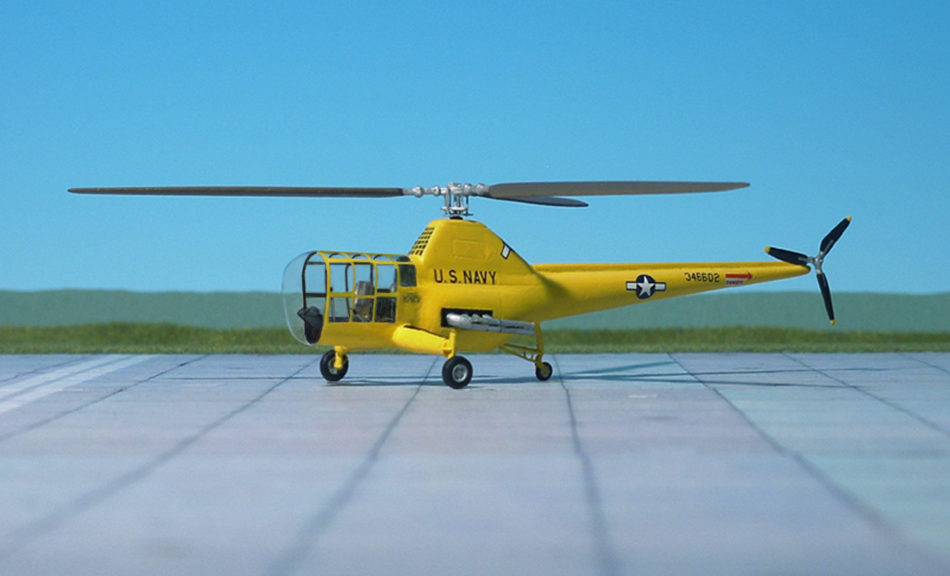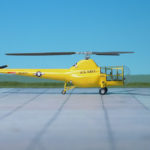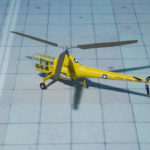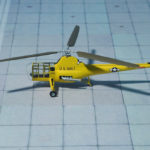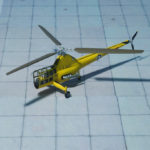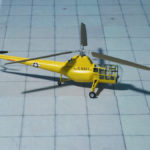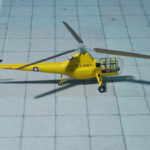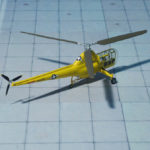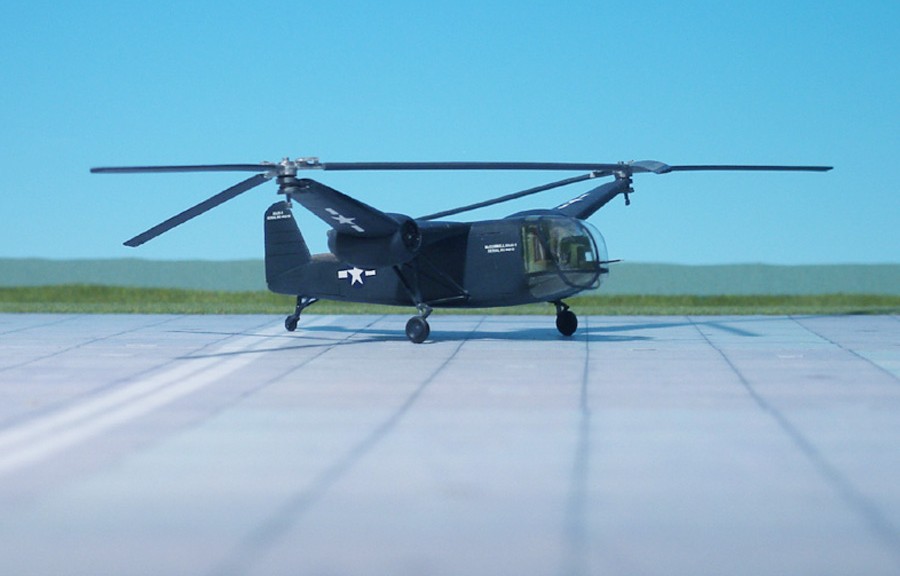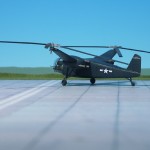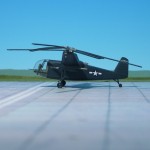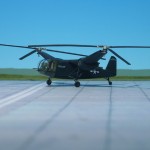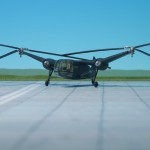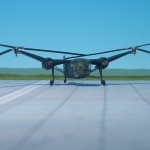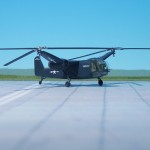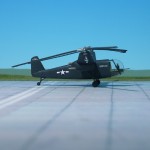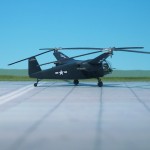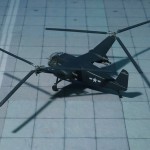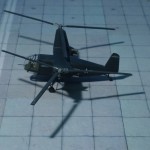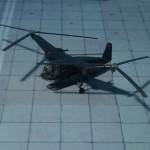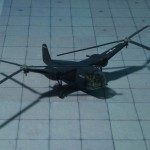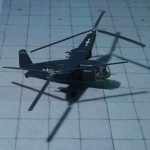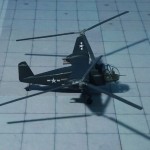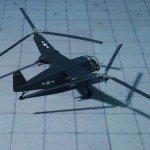TYPE: Helicopter
ACCOMMODATION: Crew of one or two
POWER PLANT: One Pratt & Whitney R-985 Wasp Junior air-cooled radial piston engine, rated at 450 hp
PERFORMANCE: 106 mph
COMMENT: The Sikorsky R-5 (after WW II designated H-5 and also known as S-48, S-51 and by company designation VS-327) is a helicopter developed by Sikorsky Aircraft Corporation in 1943. It was used by the United States Army Airforce (USAAF), later U.S. Airforce (USAF) as well as the U.S. Navy and U.S. Coast Guard (with the designations HO2S and HO3S).
It was designed to provide a helicopter having greater useful load, endurance, speed, and service ceiling than the Sikorsky R-4. The R-5 differed from the R-4 by having an increased rotor diameter and a new, longer fuselage for two persons in tandem, though it retained the R-4’s tailwheel-type landing gear. Larger than the R-4 or the later R-6, the R-5 was fitted with a more powerful Pratt & Whitney Wasp Junior 450-hp radial engine, and quickly proved itself the most successful of the three types.
The first XR-5 of four ordered made its initial flight on August 1943. In March 1944, the Army Air Forces ordered 26 YR-5As for service testing. Additionally, the U.S. Navy ordered three R-5As as the HO2S-1 for evaluation tests.
In February 1945, the first YR-5A was delivered. This order was followed by a production contract for 100 R-5s, outfitted with racks for two litters (stretchers), but only 34 were actually delivered. Of these, fourteen were the R-5A, basically identical with the YR-5A. The remaining twenty were built as the three-place R-5D, which had a widened cabin with a two-place rear bench seat and a small nose wheel added to the landing gear, and could be optionally fitted with a rescue hoist and an auxiliary external fuel tank. Five of the service-test YR-5As helicopters were later converted into dual-control YR-5Es.
Sikorsky soon developed a modified version of the R-5, the S-51, featuring a greater rotor diameter, greater carrying capacity and gross weight, and a redesigned tricycle landing gear configuration; this first flew on February 1946. With room for three passengers plus pilot, the S-51 was initially intended to appeal to civilian as well as military operators, and was the first helicopter to be sold to a commercial user. Eleven S-51s were ordered by the USAF and designated the R-5F, while ninety went to the Navy as the HO3S-1, commonly referred to as the ‘Horse’.
By the time production ceased in 1951, more than 300 examples of all types of the H-5 had been built (Ref.: 24).
